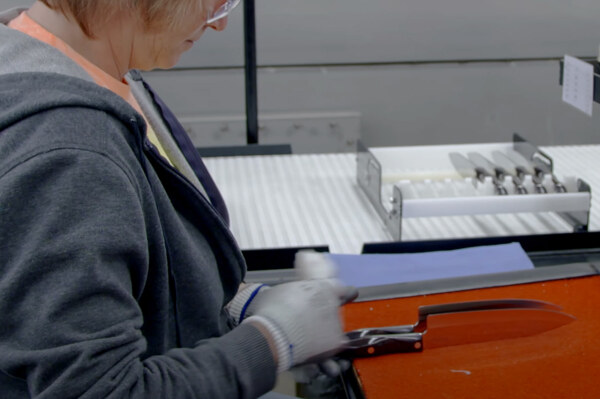How Cutco Knives Are Made
Cutco’s commitment to quality and innovation is evident throughout each step of the manufacturing process – from the selection of steel to final inspection.

Making the Blade
Choosing the Steel
To ensure the highest quality knives, Cutco starts with high-carbon, stainless steel that holds a sharp edge while maintaining its beauty. This steel also resists rust and corrosion.
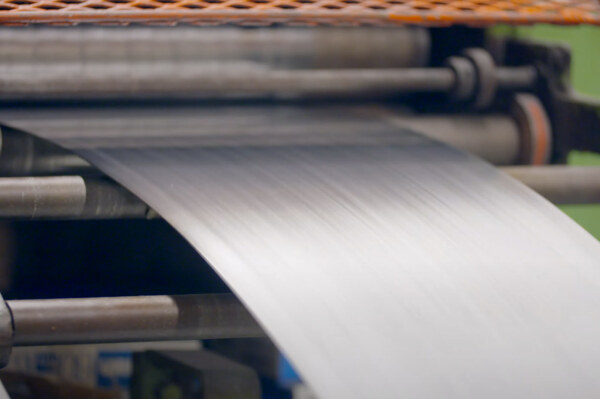
Creating a Steel Blade
Sheets of high-carbon, stainless steel are cut into the exact shape and precise dimensions of the blade using either an industrial laser or by blanking (also referred to as stamping or punching).
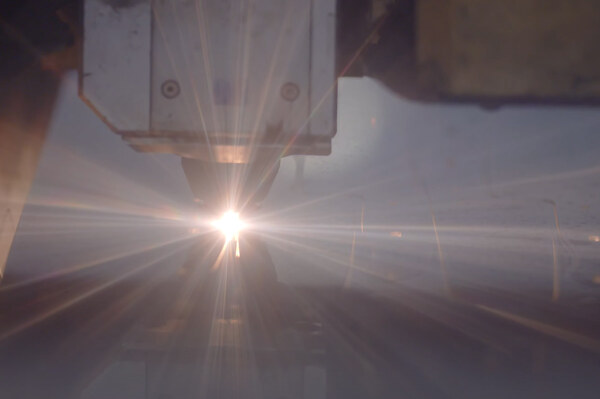
Making a Sharp Edge Last Longer
Blades head to a unique and critical three-step heat-treating process. They go through a series of extreme heat, deep freeze and tempering, creating the best balance of hardness, flexibility, rust and stain resistance and superior edge retention.
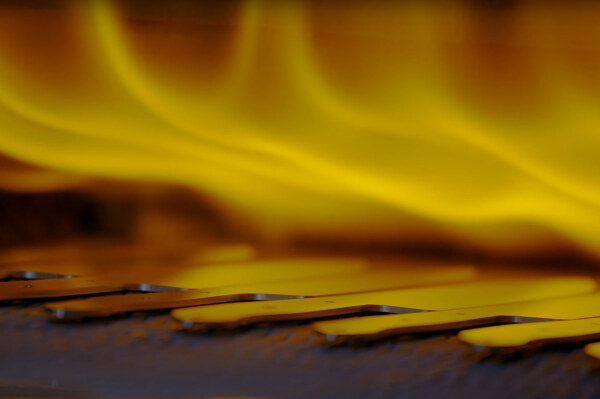
Enhancing Beauty and Corrosion Resistance
In an extra step, surface imperfections are buffed away and blades are polished to an attractive and stain-resistant mirror-polish finish.
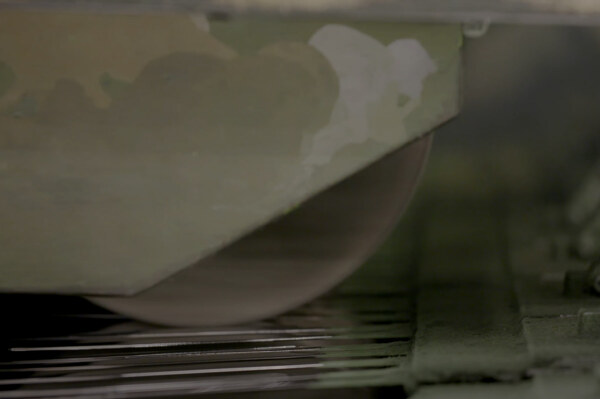
For Smooth Cutting
A hollow grind is applied. Both sides of the blade are "hollowed out" from the edge to a line approximately midway up the blade. Then, this area is finished for aesthetics and additional stain resistance. This concave area creates the ideal thickness for the application of the sharp edge while providing maximum clearance behind the cutting edge and minimum "drag" on food being cut.
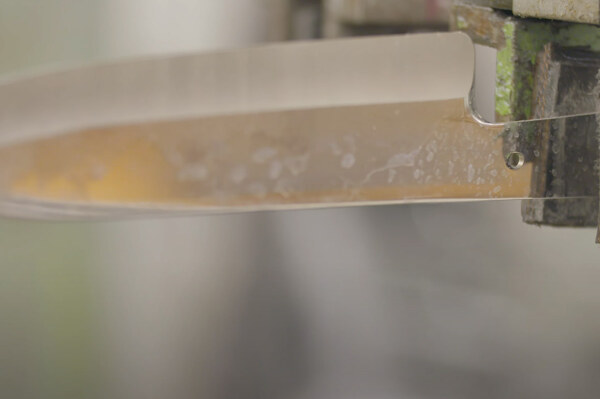
Assembly
Making the Perfect Handle
Knife handles are molded from highly engineered thermo-resin that is durable, can be polished and won’t crack, chip or absorb moisture while being dishwasher safe and BPA-free. They are manufactured to design specifications of the universal wedge-lock handle.
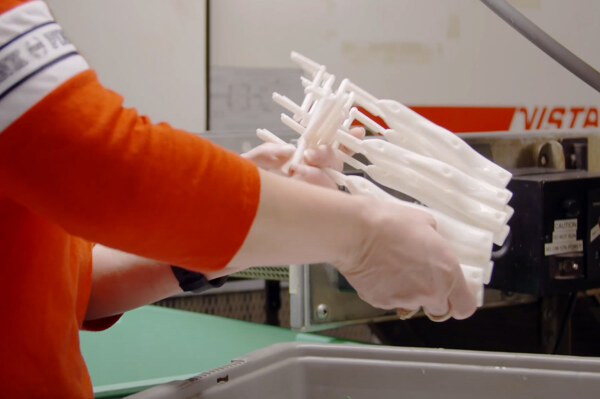
Attaching the Handle to the Knife
Three high-quality nickel silver rivets, that resist pitting and tarnishing, securely attach the two-piece handle to the blade that extends the full length of the handle. A blade extending the full length of the handle is called a full tang and provides strength and balance. The combined tang, handle-pieces and rivets are sanded in a process called hafting, making all surfaces flush and smooth for durability, strength and comfort. Then, robotic buffing and polishing completes the riveted handle to tang assembly. With the handle now smooth and blended, it’s polished to the finished high luster.
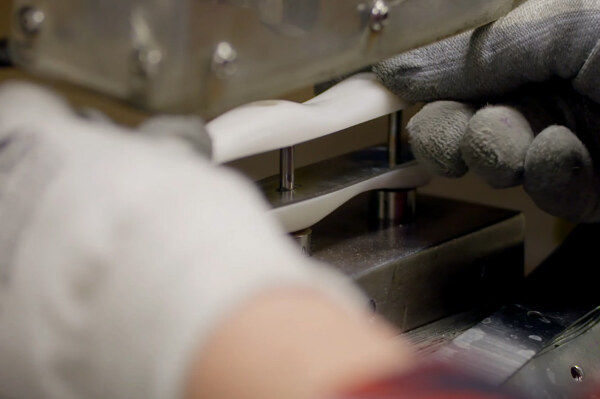
Applying an Edge
Making a Straight-Edge Knife Razor Sharp
A straight edge is typically produced by grinding a small bevel, known as a cantle, on the very edge of the knife blade. Skilled professionals with a steady hand and a trained eye apply the final beveled cantle on straight-edge knives in a process called honing. Proper and consistent cantle angle, width and surface finish along the entire length of the blade edge are crucial in the manufacture of a good functional straight edge. The smaller the angle of the ground edge, the sharper it is and the less pressure is required for cutting. For home cooks, the optimum edge angle for kitchen knives is 30° inclusive. Skilled professionals must hold each knife in the correct position to apply the precise 30° inclusive angle that results in a sharp edge.

Double-D® Edge
With exacting precision, a combination of robotics and specialized CNC edge-grinding machines apply the specially engineered series of three razor-sharp, recessed cutting edges that run along the blade edge. The points that separate these three-part cutting edges are critical as they span the length of the blade protecting the cutting edges by preventing them from coming in contact with surfaces that dull cutting edges. This unique edge adds 15% – 20% more actual cutting-edge-per-inch of blade length when compared to a conventional edge.

Final Step
Clean and Inspect
The knife is cleaned and inspected. It must pass as many as 25 quality standards before getting the Cutco stamp of approval.
